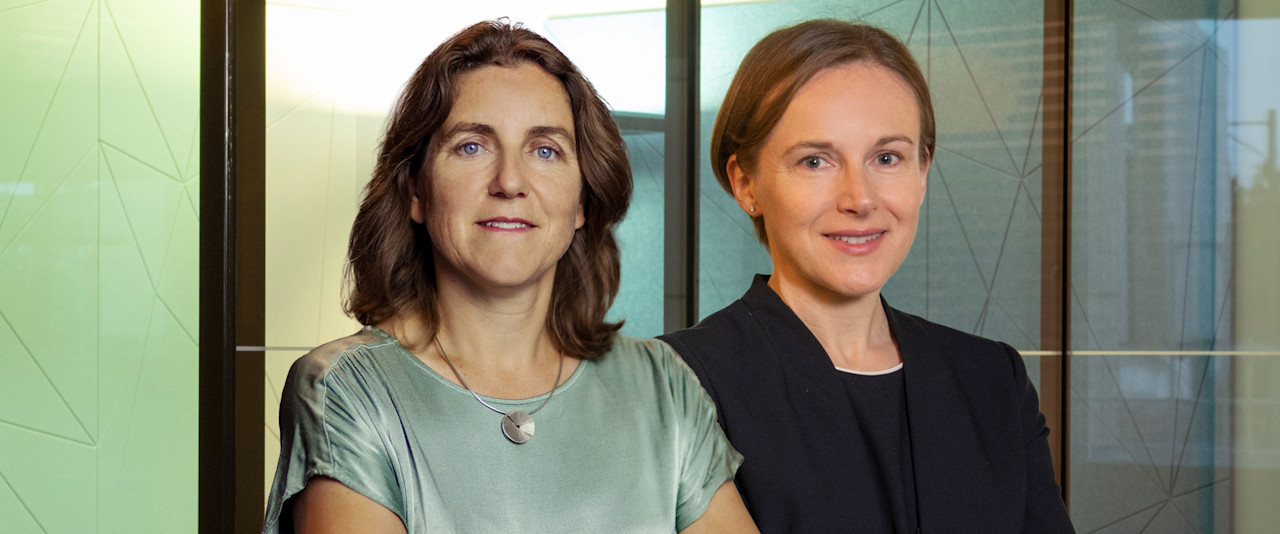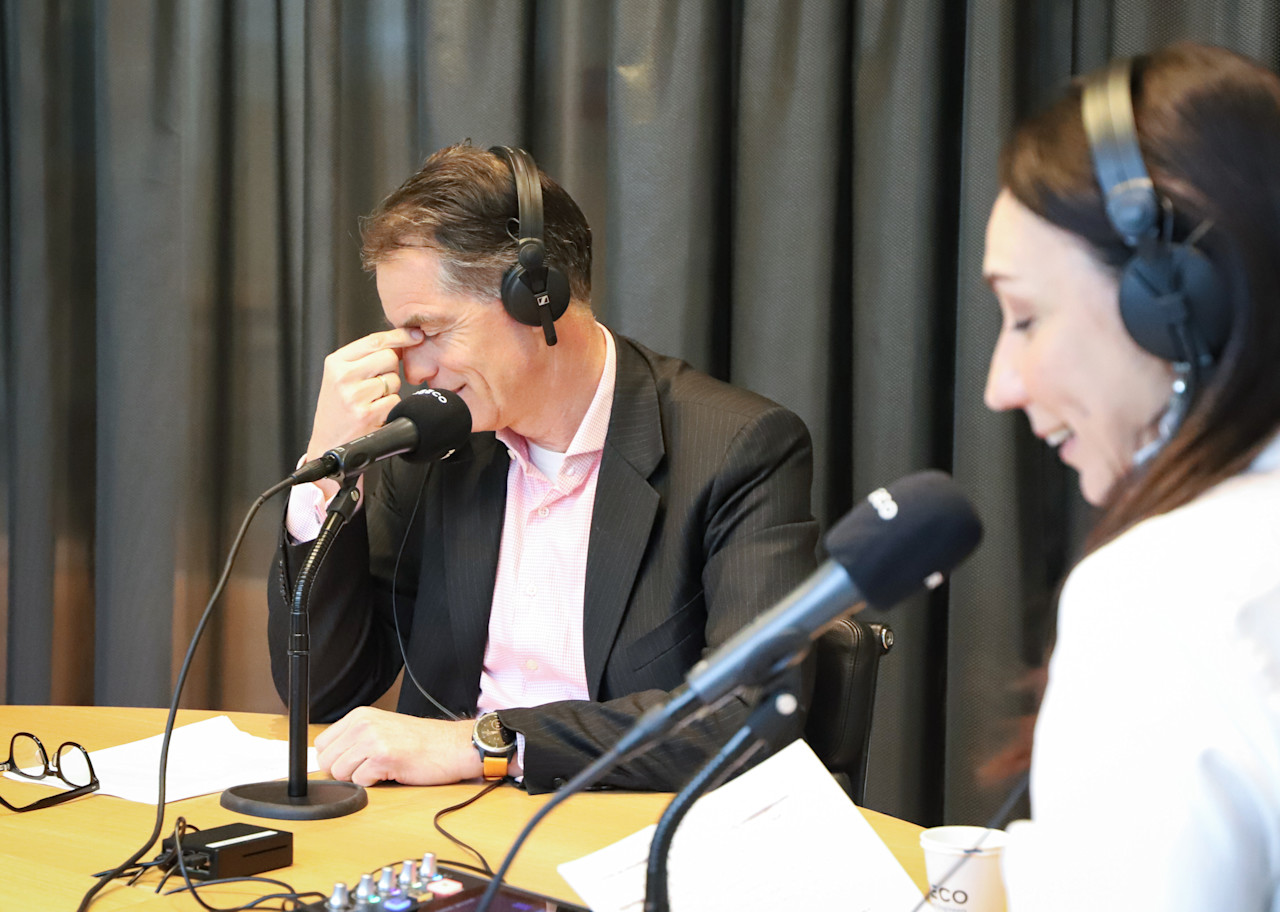The first modern definition of sustainability came from the United Nations World Commission on Environment and Development (the Brundtland Commission) in 1987. Its report, ‘Our Common Future’, tackling the uncontrolled use of natural resources – led at the time by extensive deforestation – is most notable for coining the term ‘sustainable development’. This was defined as a development process that aims “to meet the needs of the present without compromising the ability of future generations to meet their own needs”.
Derived from this definition of sustainable development, sustainable investing is broadly defined as the practice of using environmental, social and governance (ESG) factors when making investment decisions about which stocks or bonds to buy. While definitions differ, one of the most widely accepted is that used by the United Nations-backed Principles for Responsible Investment (UNPRI), which said in 2005:
“Responsible investment is an approach to investing that aims to incorporate ESG factors into investment decisions, to better manage risk and generate sustainable, long-term returns.”
A study by Bridges Fund Management entitled ‘The Bridges Spectrum of Capital’ in 2015 said the difference between responsible and sustainable investment was one of degree. Responsible investment sought to “mitigate risky ESG practices in order to protect value”, while sustainable investment aimed to “adopt progressive ESG practices that may enhance value.” Robeco follows the latter principle that using ESG factors can not only protect against downside risk, but can also generate upside, particularly in identifying the future-proof companies.
The principal aim is to make investment portfolios and their constituent companies more sustainable, and therefore more viable, over the long term. Robeco has long believed that integrating ESG factors into the investment process leads to better-informed investment decisions and superior risk-adjusted returns. This goes beyond simply excluding companies with unsustainable or unethical practices, but using wider research to decide what to include in portfolios, as well as what to leave out. Robeco also firmly believes that sustainable investing should include the use of active ownership through voting and engagement to improve the ESG credentials of companies.

Rendement waar de wereld beter van wordt
The perception of what constitutes sustainable investing has changed over time. The first users of ethical principles in business transactions were the Quakers of the 18th century, who refused to deal with anyone involved in the slave trade, creating the first exclusions.
The concept of sustainable investing progressed further with the notion of the ‘triple bottom line’ of the ‘three Ps’ in 1995. British businessman John Elkington said any enterprise needed to consider the three Ps of ‘People, Planet, Profit’ (and not just the final word) as each being equally important for the long-term success of society. This eventually morphed into environmental, social and governance factors, or ESG, which now forms the bedrock of most sustainable investing processes.
Other common definitions of sustainable investing include ‘ethical investing’ – though what is considered to be ethical differs among investors – along with ‘socially responsible investing’. ‘Impact investing’ specifically refers to a style of investment that targets a measurable beneficial impact on the environment or society, as well as earning a positive financial return.



















